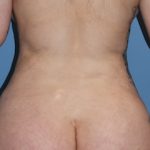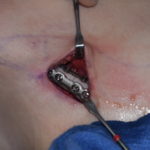The Art of Rhinoplasty – Wall Hanging
Rhinoplasty is known to be a complex operation in which it is not easy to always get a completely predictable result. This is because there are a large number of anatomic components to the nose that interconnect and establishing harmony and proportions between them as they are changed by the trauma of surgical intervention can Read More…


